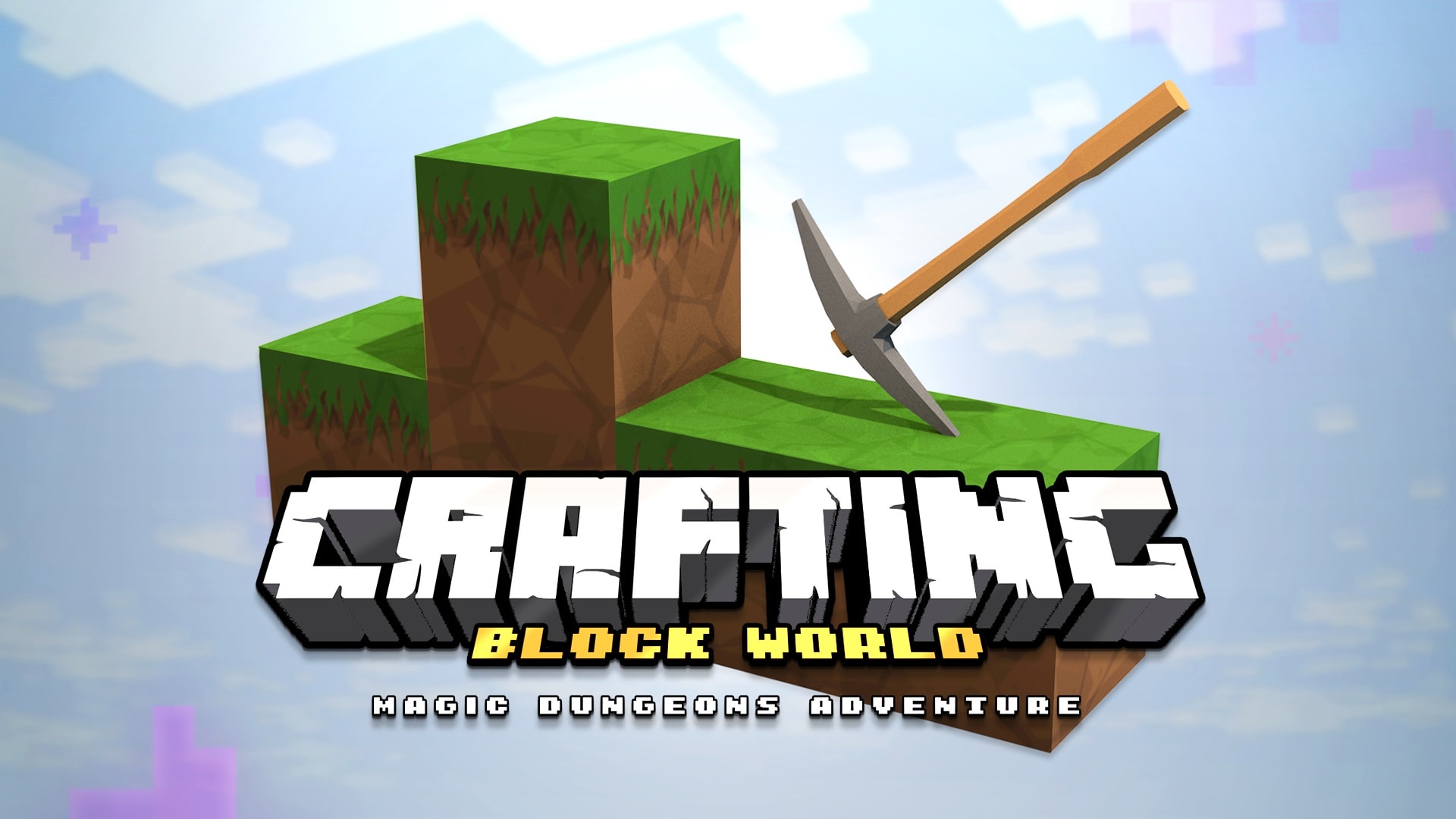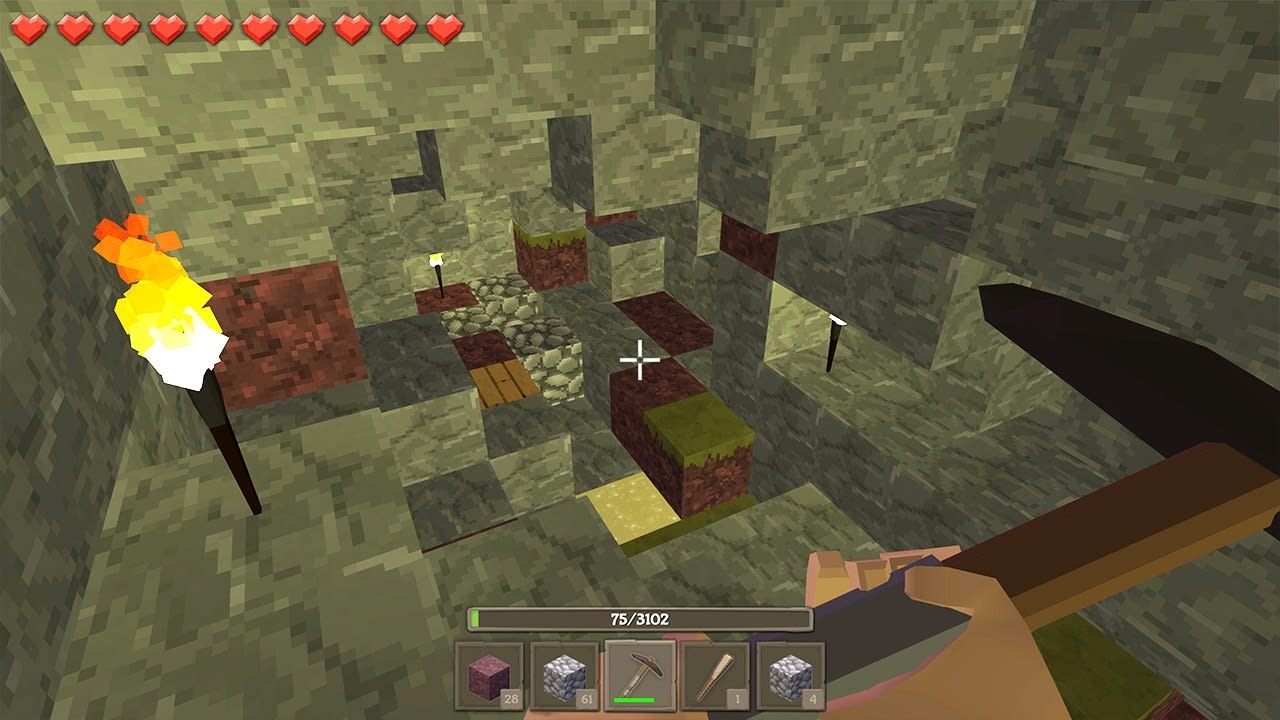The Alchemist’s Toolkit: Adventure Games Forged in the Fires of Crafting
Adventure games, with their intricate narratives, engaging characters, and captivating worlds, have always held a special place in the hearts of gamers. But what happens when you add another layer of depth, a system that allows players to actively shape their experience through resource gathering and crafting? The result is a potent cocktail of exploration, problem-solving, and personal agency, transforming the adventure genre into something truly special.
Crafting systems, once primarily associated with survival and RPG genres, have increasingly found their way into adventure games, offering a compelling way to interact with the environment, overcome obstacles, and personalize the journey. They elevate the player from a passive observer to an active participant, empowering them to not just witness the story but to influence its very fabric. This fusion of adventure and crafting mechanics has spawned a subgenre brimming with innovation, offering a compelling alternative to traditional point-and-click experiences.
The Allure of Creation: Why Crafting Works in Adventure Games
The marriage of adventure and crafting isn’t accidental; it’s a natural evolution driven by several key factors:
- Enhanced Immersion: Crafting deepens the player’s connection to the game world. Gathering resources, understanding their properties, and combining them to create useful items necessitates a level of engagement that surpasses simply clicking on objects. The world becomes more than just a backdrop; it’s a living, breathing ecosystem providing the tools for survival and progress.
- Empowered Problem-Solving: Crafting introduces new dimensions to puzzle-solving. Instead of relying solely on pre-determined solutions, players can experiment with different combinations of materials, often finding creative and unexpected ways to bypass obstacles. This fosters a sense of ingenuity and rewards players for their resourcefulness.
- Increased Player Agency: The ability to craft tools, weapons, and consumables provides players with a sense of control over their destiny. They’re no longer solely reliant on finding pre-placed items; they can actively shape their inventory and prepare for challenges. This sense of ownership enhances the overall sense of accomplishment.
- Narrative Integration: Crafting systems can be seamlessly woven into the narrative fabric of the game. The types of resources available, the recipes learned, and the items crafted can all contribute to the world-building, character development, and overall story progression.
Examples of Crafting Adventure Games that Define the Genre:
To understand the impact of crafting in adventure games, let’s examine some notable examples:
- The Long Dark: This survival adventure game plunges players into the unforgiving Canadian wilderness after a geomagnetic disaster. Crafting is not just a feature, but a necessity for survival. Players must scavenge for resources, hunt for food, and craft tools, clothing, and shelter to withstand the harsh conditions. The crafting system is deeply integrated with the narrative, emphasizing the player’s struggle against the elements and the importance of resourcefulness in the face of adversity. The game’s focus on realism and meticulous detail elevates the crafting experience, forcing players to carefully consider their actions and plan for the long term.
- Subnautica: Set on an alien ocean planet, Subnautica blends exploration with crafting in a visually stunning and deeply immersive experience. Players must scavenge the seabed for resources, research blueprints, and construct bases, submarines, and advanced tools to explore the depths and uncover the mysteries of the planet. The crafting system is extensive, allowing players to create everything from basic survival gear to powerful exosuits. This constant cycle of exploration, resource gathering, and crafting drives the narrative forward, revealing the planet’s history and the secrets hidden beneath the waves.
- Don’t Starve: This gothic science fantasy survival game throws players into a bizarre and dangerous world teeming with strange creatures and challenging environments. Crafting is essential for survival, allowing players to create tools, weapons, structures, and even magical items. The game’s unique art style and challenging gameplay create a compelling and addictive experience, where experimentation and resource management are key to survival. The crafting system is intertwined with the game’s narrative, allowing players to uncover the secrets of the world and its inhabitants through their crafting endeavors.
- Kona: This narrative-driven adventure game set in 1970s northern Canada tasks you with investigating strange events in a snow-covered landscape. While not a purely crafting-focused game, Kona integrates survival elements, including crafting, to enhance the atmosphere and challenge the player. You’ll need to scavenge for resources, maintain your warmth, and craft basic supplies to survive the harsh conditions and uncover the truth behind the mysteries unfolding around you. The crafting system, though simpler than some other games on this list, adds a layer of realism and urgency to the narrative.
- Green Hell: A survival game set in the Amazon rainforest, Green Hell is a brutal and unforgiving experience where crafting is essential for survival. Players must learn to identify edible plants, craft tools and weapons, build shelters, and even treat their own wounds using natural remedies. The game’s emphasis on realism and attention to detail make the crafting system a crucial part of the gameplay experience. The narrative revolves around the player’s struggle to survive and escape the rainforest, with crafting playing a vital role in overcoming the challenges they face.
- Telltale Games’ The Walking Dead: While not primarily focused on crafting, the second season of Telltale’s The Walking Dead features moments where Clementine must scavenge and craft items to survive. These moments, though infrequent, add to the sense of desperation and resourcefulness that defines the series. The crafting is usually simple, focusing on combining a few key items to create a solution to a problem. However, the limited resources and the pressure of the situation make these crafting sequences particularly impactful.
The Spectrum of Crafting: From Minimalist to Maximalist
The integration of crafting systems in adventure games isn’t a one-size-fits-all approach. Games fall on a spectrum, ranging from minimalist systems that complement the narrative to maximalist systems that are integral to the core gameplay loop.
- Minimalist Crafting: In this approach, crafting is a secondary mechanic that enhances the gameplay experience without overshadowing the narrative. Examples include games where crafting is limited to specific sections or used to solve particular puzzles. The emphasis is on storytelling and character development, with crafting serving as a supplementary tool for overcoming obstacles.
- Moderate Crafting: This approach strikes a balance between narrative and crafting. Crafting is a more significant element of the gameplay, allowing players to create a wider range of items and influence their environment. However, the narrative remains the primary focus, with crafting serving as a means to progress the story and deepen the player’s connection to the world.
- Maximalist Crafting: In this approach, crafting is the central mechanic of the game. Survival, exploration, and progression are all heavily reliant on the player’s ability to gather resources, learn recipes, and craft essential items. The narrative is often intertwined with the crafting system, with the player’s actions directly influencing the story’s outcome.
The Future of Adventure Games with Crafting:
The integration of crafting systems into adventure games is a trend that’s likely to continue, with developers constantly innovating and pushing the boundaries of the genre. We can expect to see:
- More Complex Crafting Systems: Games will likely feature more intricate and nuanced crafting systems, allowing players to create a wider range of items with varying properties and effects.
- Deeper Narrative Integration: Crafting will be more seamlessly woven into the narrative fabric of the game, with the player’s crafting choices directly impacting the story’s progression and outcome.
- Emergent Gameplay: Crafting systems will be designed to encourage experimentation and creativity, leading to emergent gameplay scenarios and unexpected solutions to problems.
- Multiplayer Crafting: We may see more adventure games that incorporate cooperative crafting, allowing players to work together to gather resources, build structures, and overcome challenges.
- VR Integration: The immersive nature of VR lends itself perfectly to crafting mechanics. Imagine physically reaching out to gather resources and assemble tools in a virtual environment.
The fusion of adventure and crafting offers a compelling and rewarding experience for players seeking depth, agency, and immersion. As developers continue to innovate and refine these systems, we can expect to see even more exciting and engaging adventure games that challenge our problem-solving skills, reward our creativity, and transport us to captivating worlds forged in the fires of crafting. The alchemist’s toolkit is open, and the adventure awaits.


